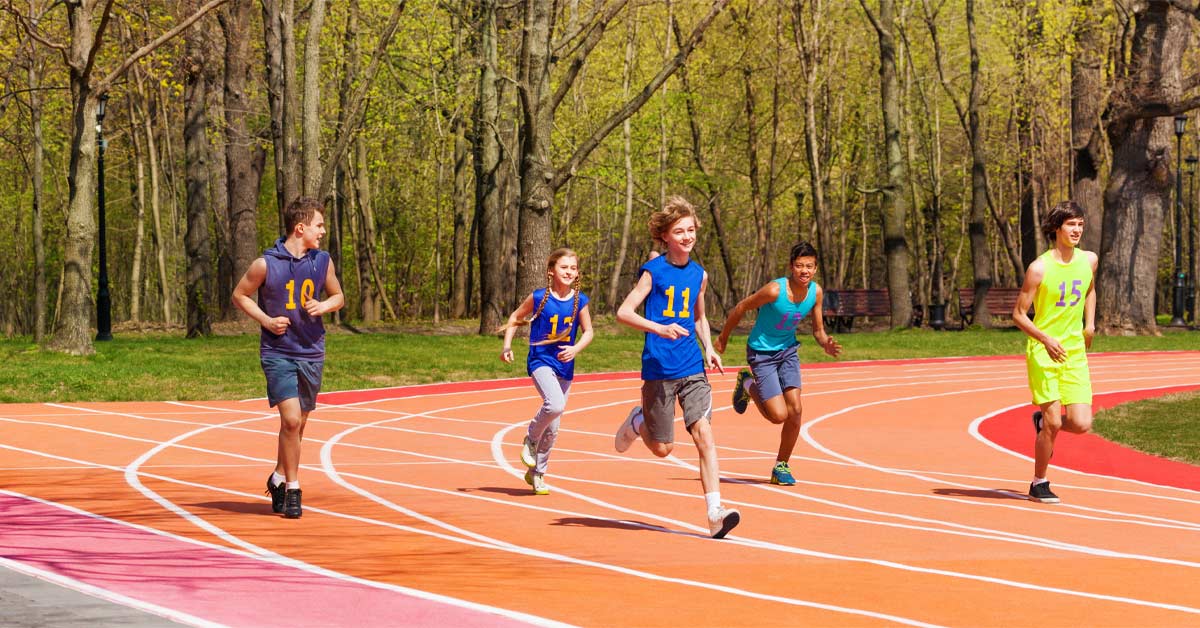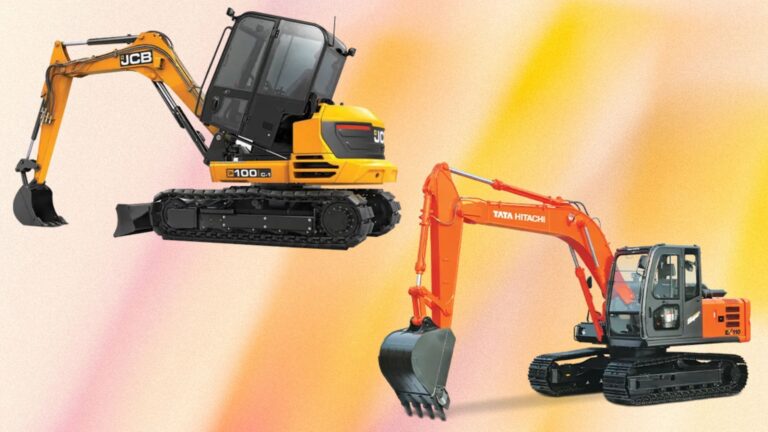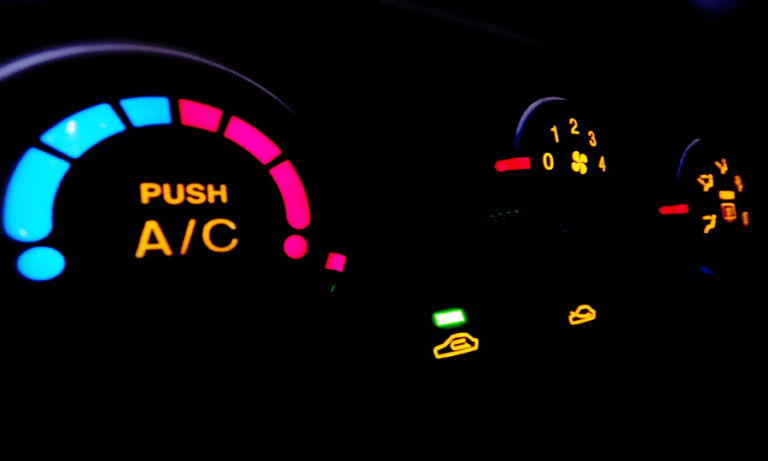
The Role of Sports Performance Facilities in Shaping World-Class Athletes
Athlete Development is an intricate process that demands a combination of talent, dedication, the right training methodologies, and state-of-the-art facilities. With an increasingly competitive sports landscape, athletes today need more than just raw talent or sheer determination. They require top-tier environments that promote growth, provide essential resources, and cultivate holistic well-being. Enter sports performance facilities, often the unsung heroes behind world-class athletes. This article delves into the pivotal role these facilities play in shaping sporting legends.
Nurturing Talent from the Grassroots
The journey to becoming an elite athlete starts at a young age. Sports performance facilities play an integral role in identifying and fostering nascent talent. Many facilities often tie up with athlete development centers, focusing on scouting potential talent at a young age. These centers provide structured training programs catering to the specific needs of budding athletes. By introducing them to a regimented training atmosphere early on, it sets the foundation for long-term athlete development.
Providing Cutting-Edge Resources
Modern sports demand modern solutions. Athlete development has evolved from basic training drills to sophisticated regimes that leverage technology. Sports performance facilities, especially those catering to elite athletic development, house state-of-the-art equipment, advanced biomechanical analysis tools, and recovery centers. This amalgamation of technology and training is crucial for refining skills, understanding body mechanics, and ensuring athletes stay in peak physical and mental shape.
A Hub for Comprehensive Athletic Development
True athlete development goes beyond physical training. These facilities become hubs where athletes can access a range of services, including nutritional guidance, mental conditioning, and even media training. The importance of mental strength and resilience in sports can’t be understated. As such, many facilities incorporate sports psychologists as part of their athlete development center offerings.
Long-Term Athlete Development: A Structured Approach
Becoming a world-class athlete is not about short-term gains. It requires consistent growth and progression. The concept of long term athlete development (LTAD) is a core philosophy of many premier sports performance facilities. LTAD focuses on creating a structured athlete growth plan, which addresses the evolving needs of athletes as they progress through different stages of their careers. This structured approach ensures that athletes develop their skills, physical attributes, and mental toughness in a phased manner, preparing them for the rigors of top-level competition.
Catering to the Academic Side: Student-Athlete Development
Balancing academics and sports is a challenge many young athletes face. Recognizing this, several sports performance facilities offer programs that emphasize student-athlete development. These programs ensure that budding athletes don’t neglect their education while pursuing their sporting dreams. With tailored schedules, tutorial support, and dedicated study zones, these facilities champion the cause of creating well-rounded individuals who excel both in the classroom and on the playing field.
Community and Camaraderie
Athlete development isn’t just about individual growth; it’s also about fostering a sense of community. Training alongside peers, sharing victories and defeats, and building camaraderie is pivotal in shaping an athlete’s character. These facilities often host events, competitions, and workshops that encourage interaction, networking, and mutual growth. This sense of community can be instrumental in building team spirit, understanding sportsmanship, and learning from collective experiences.
Holistic Health and Injury Prevention
A significant part of athletic development are ensuring athletes remain injury-free and are in optimum health. Modern sports performance facilities emphasize holistic well-being. From physiotherapy units to diet consultation, from yoga sessions to meditation zones – these facilities offer a 360-degree approach to health. Staying injury-free, recovering quickly, and ensuring the body and mind are in sync are paramount for an athlete’s success.
What steps are included in athlete development?
Athlete development is a systematic process that involves multiple stages, ensuring that individuals progress in a holistic manner, optimizing their skills, physicality, and mental strength. While specific steps can vary depending on sports and governing bodies, a generalized pathway in athlete development includes:
- Talent Identification: Before formal development begins, potential athletes are identified based on natural skills, physical attributes, or inherent talents relevant to the sport.
- Fundamental Skills: At this early stage, athletes are introduced to the basic skills of the sport, building a foundation upon which advanced skills can be developed.
- Physical Conditioning: This focuses on building stamina, strength, agility, and other essential physical attributes required for the sport.
- Technical Proficiency: Athletes are trained to master the techniques crucial for their sport, from the proper form of a tennis serve to the intricacies of a soccer kick.
- Tactical Training: Here, athletes learn strategies and game plans. They’re taught to understand the game, read situations, and make decisions accordingly.
- Mental Conditioning: Building mental strength, resilience, focus, and the ability to handle pressure are vital. This might include visualization exercises, mindfulness practices, and working with sports psychologists.
- Nutritional Guidance: Athletes are educated about the importance of nutrition, and plans are often tailored to meet their specific energy and recovery needs.
- Injury Prevention and Management: Proper techniques to prevent injuries, along with knowledge on recovery, rehabilitation, and managing existing injuries, are imparted.
- Competition Exposure: Athletes start participating in minor competitions to gain experience, understand real-match scenarios, and apply their training.
- Performance Analysis: Post-competition, performances are analyzed to identify areas of improvement. This could involve reviewing game footage, biomechanical analysis, and feedback sessions.
- Advanced Specialization: As athletes progress, they might specialize in a specific position, role, or style, depending on the sport.
- Continual Learning: Sports and techniques evolve, and athletes are encouraged to continuously update their skills and knowledge.
- Transition Planning: As athletes near the end of their competitive careers, they’re guided on transition plans, which might involve coaching, mentoring, or exploring roles outside active competition.
Throughout these steps, athlete development remains a cyclical process. Feedback, learning, and adaptation continue at every stage, ensuring the athlete evolves and grows consistently.
Conclusion
In the journey from raw talent to world-class athlete, many factors play a pivotal role. While individual grit, determination, and talent form the foundation, it’s the environment, resources, and structured training that mold an individual into a sporting legend. Sports performance facilities, with their emphasis on long term athlete development, cutting-edge technology, and holistic growth models, are the crucibles where raw talent is transformed into gold. Whether you’re a budding student-athlete or an elite sportsperson aiming for global recognition, these facilities offer the roadmap, tools, and environment essential for success.



